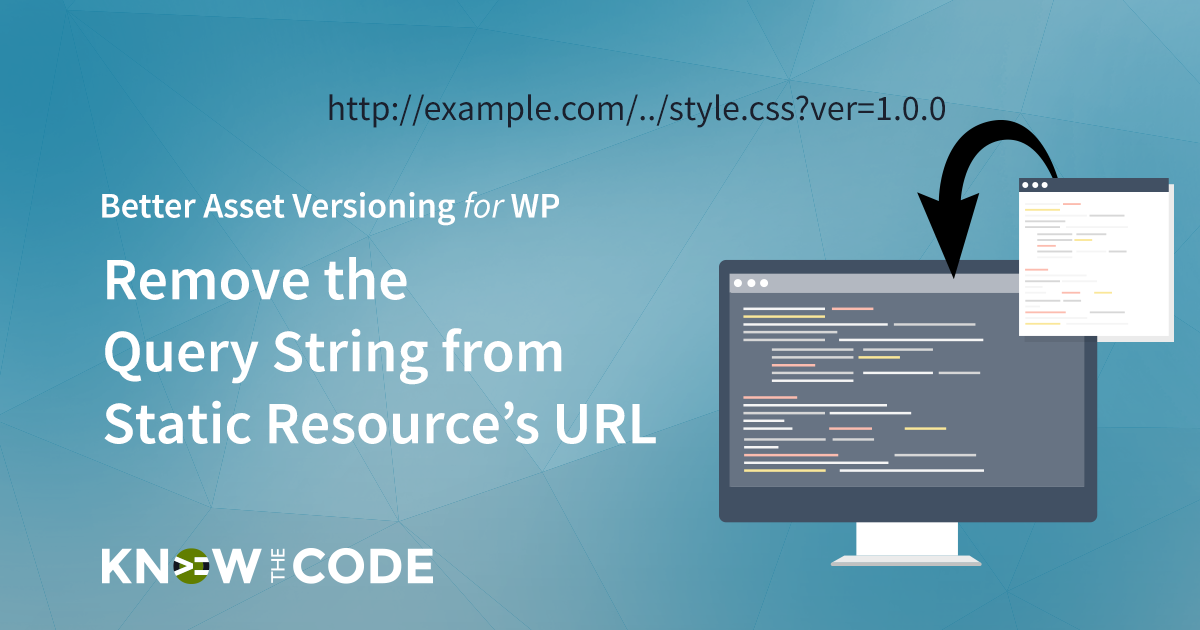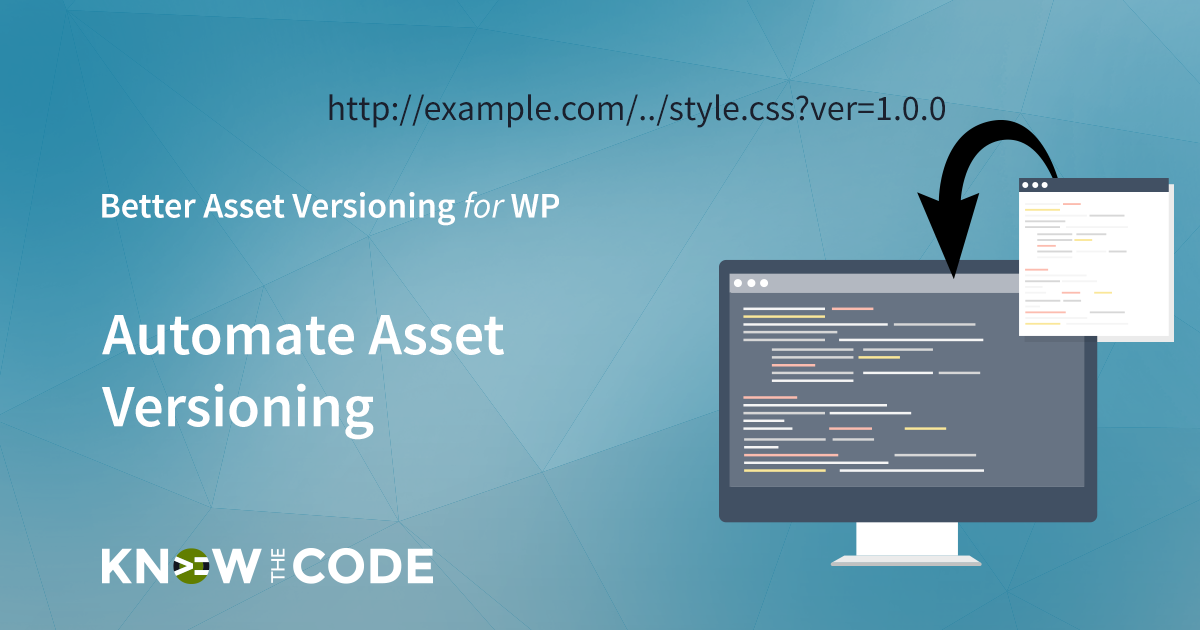Our plugin is now converting the stylesheet and script’s URL by embedding the version number into the filename. But did you notice that the assets are not loading? Why? The filenames do not exist on the web server’s hard drive. Therefore, the web server cannot find the asset and serve it up to the browser. How do we fix that problem? We need to add a rewrite rule for our Apache or Nginx server to remove that version number before WordPress runs. Let’s do that now.


